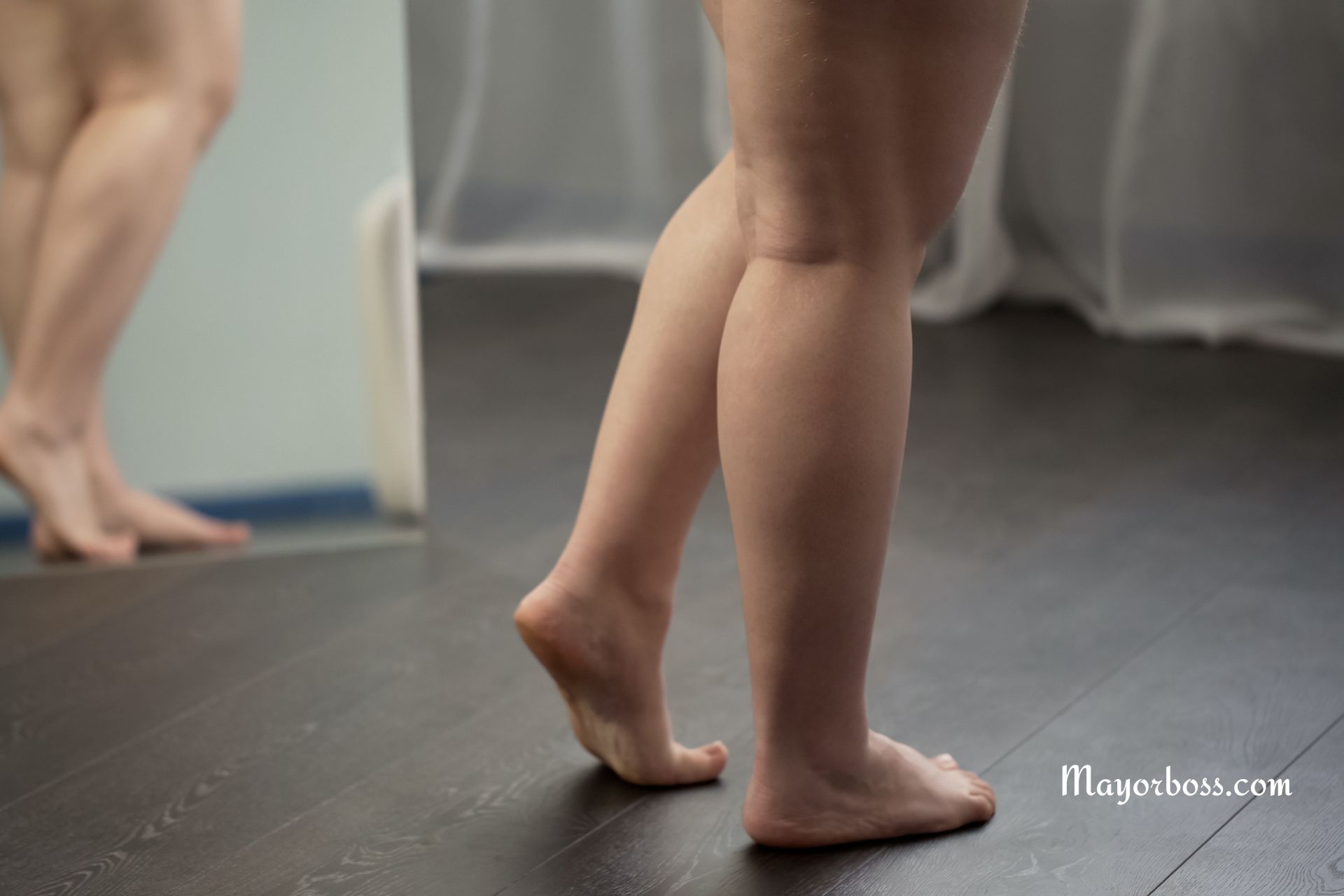What Causes Cankles and How Can You Reduce Their Appearance?
Cankles, a colloquial term blending “calf” and “ankles,” refers to the appearance of lacking distinction between the calf and ankle due to reduced definition. This can be a source of self-consciousness for many, but understanding its causes and exploring ways to minimize their appearance can be empowering. This article will look into what contributes to the development of cankles and offers valuable advice for those looking to reduce their prominence.

What Causes Cankles?
Cankles can result from a variety of factors, including:
- Genetic predisposition: Some individuals are naturally predisposed to accumulate fat or have less definition in their lower legs.
- Obesity and weight gain: Excess body fat can lead to fat deposits in different body parts, including the ankles.
- Fluid retention: Swelling in the ankles can occur due to fluid buildup, often influenced by diet, lifestyle, or health conditions.
- Pregnancy: Hormonal changes and increased body fluid can lead to swelling in the ankles during pregnancy.
- Lipedema: This condition is known for causing abnormal fat accumulation, usually in the lower body, below the waist.
- Medical conditions: Conditions like lymphedema (blockage in the lymphatic system), venous insufficiency (poor blood flow in the legs), and certain heart, kidney, or liver diseases can cause ankle swelling.
- Lack of physical activity: A sedentary lifestyle can contribute to poor circulation and fluid retention in the lower extremities.
- Hormonal fluctuations: Hormones regulate fluid balance in the body, and imbalances can lead to fluid retention, especially in the lower extremities.
- Medications: Certain medications, including blood pressure drugs, steroids, and hormones such as estrogen (in birth control pills or hormone replacement therapy), can cause swelling in the ankles due to fluid retention.
- Inactivity during travel: Long periods of sitting during flights or car rides can cause fluids to pool in the legs and ankles, leading to a temporary increase in the cankle appearance.
- High-impact activities: Athletes or individuals engaging in high-impact activities may experience swelling in the ankles due to repetitive stress and strain.
- Aging: With age, the circulatory system can become less efficient, and the skin and tissues around the ankles can lose elasticity, contributing to a cankle appearance.
- Injury or trauma: Injuries to the foot, ankle, or calf can lead to swelling and changes in the contour of the ankle, temporarily or permanently affecting its appearance.
How Can You Reduce Cankles Appearance?
While in some cases, the appearance of cankles may be difficult to change due to genetic factors, there are steps you can take to minimize their prominence:
- Exercise regularly: Focus on exercises that target the lower body, such as walking, running, cycling, and leg lifts, to improve circulation and muscle tone.
- Maintain a healthy weight: Losing excess weight can reduce fat deposits throughout the body, including the ankle area.
- Stay hydrated: Drinking plenty of water can help reduce fluid retention by flushing out excess sodium from the body.
- Limit salt intake: High sodium intake can contribute to water retention, so it’s beneficial to reduce salt consumption.
- Elevate your legs: When resting, elevate your legs above heart level to improve circulation and reduce swelling.
- Wear compression stockings: These can help improve blood flow in the legs and reduce fluid retention.
- Manage underlying medical conditions: If a health condition is contributing to your cankles, proper management of the condition is crucial. Consult with your primary care physician for advice.
Frequently Asked Questions
Can exercises specifically target cankle reduction?
While you can’t spot-reduce fat in specific areas, including the ankles, regular physical activity and exercises that improve overall fitness can help reduce body fat and enhance muscle tone in the lower legs.
Are cankles a sign of a serious health problem?
In some cases, the appearance of cankles can be a symptom of underlying health issues, such as heart or kidney problems. If you’re concerned, especially if the swelling is sudden, severe, or accompanied by other symptoms, it’s important to seek medical advice.
Can diet affect the appearance of cankles?
Yes, a balanced diet that limits salt and processed foods can help minimize fluid retention and support weight management, potentially reducing the appearance of cankles.
